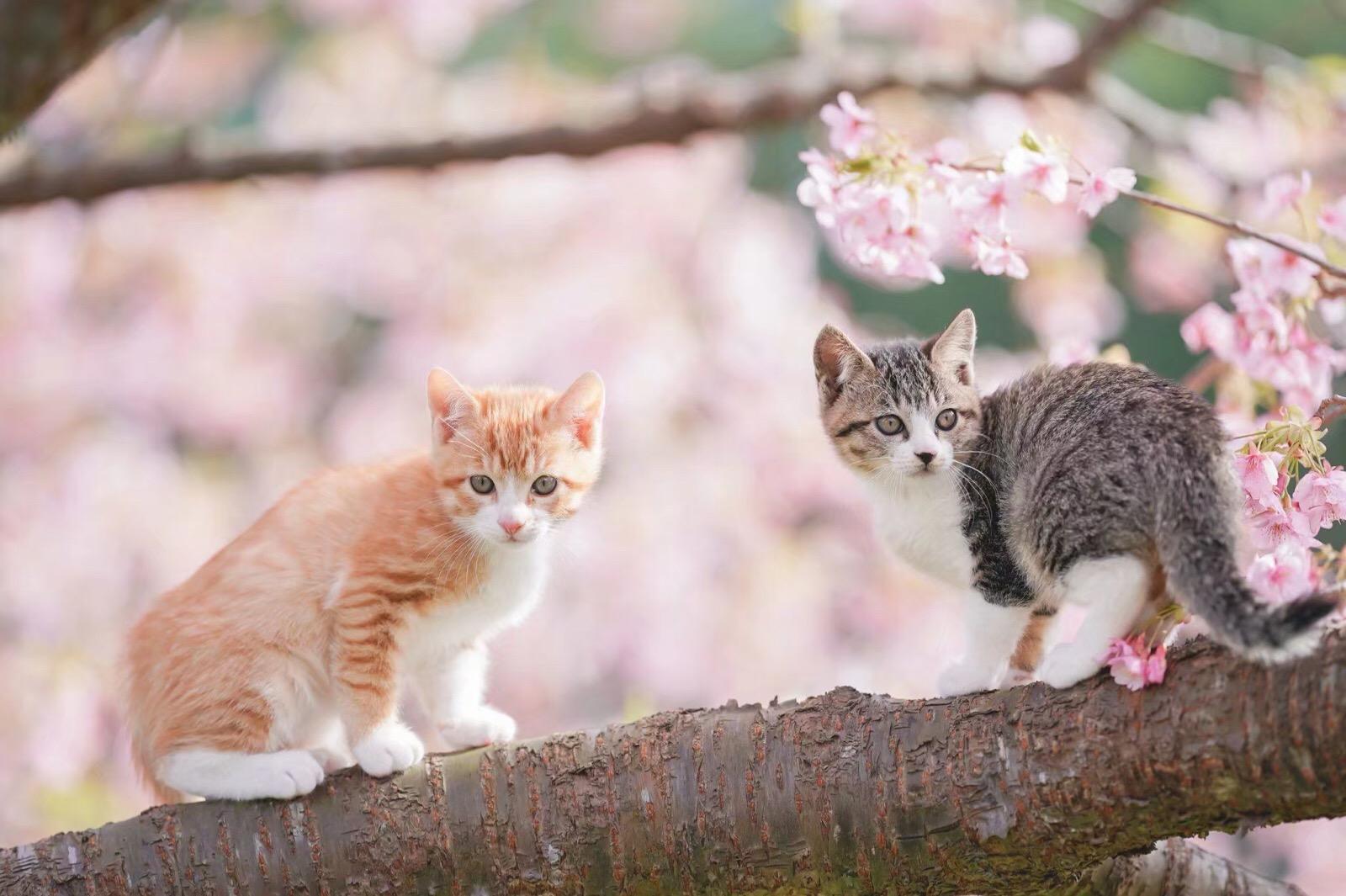How is cat food made with extruders and molding machines? (Part 1)
TYPES OF CAT FOOD
Cat food comes in a variety of shapes and textures, but can be broadly divided into four based on moisture content and manufacturing methods.
*Heating foaming process: Using an extruder called an extruder, the mixed raw materials are heated and pressurized to 120 to 160 degrees.
Characteristics and production methods of dry food
FEATURE
Dry food has the following characteristics.
Moisture below 10%
excellent preservation
A nutritionally complete diet with high-efficiency and easily ingested nutrients
Moisture below 10%
It has the lowest moisture content of the four and has a crunchy texture. It contains very little water, so fresh water should always be provided.
If the moisture content exceeds 13%, mold can grow, so it should be kept below 12%, but for safety reasons, most dry foods have a moisture content of 10% or less.
Excellent preservation
Due to the low moisture content of dry food, it can be stored for about a month after opening.
However, if exposed to air, food can easily oxidize and lose its flavor and nutritional value, so it's important to store it in an airtight container.
A nutritionally complete diet with high-efficiency and easily ingested nutrients
Dry food is a "comprehensive nutritional food" that can be kept healthy as long as it is added with water, and is used as a staple food.
It has high nutritional value per weight, so you can get nutrients efficiently.
MANUFACTURING PROCESS
The basic production process of dry food is as follows.
(1) Receiving raw materials
(2) Pulverize the raw materials with a pulverizer
(3) Accurate measurement, mixing and heating
(4) Heat and pressurize with an extruder to 120-160 degrees (thermal foaming treatment)
(5) Dry to below 10°C moisture %
(6) Cool coating
(7) Weighing/Packing
(8) Shipment judgment

GIST
① Acceptance of raw materials
In the manufacturing plant, incoming raw materials are inspected and only raw materials that meet established standards are used.
In order to prevent quality deterioration, we carry out proper storage management according to raw materials.
②Use a grinder to make the raw material finer
Use a grinder to finely grind all ingredients to an even size. (The pulverized ingredients are weighed and added directly to the blender.)
Raw material crushing has the following advantages:
easier to heat treat
easier to absorb water
Prevent the machine from clogging
easier for cats to digest
③ Accurate metering, mixing, heating
In order not to lose the nutritional balance designed with the cat's health in mind, each chopped ingredient is accurately weighed, mixed thoroughly with a large blender (blender) while adding water, and steamed to 100 degrees to heat.
During this process, starch, the main component of carbohydrates, is gelatinized, making it easier for your cat to digest. It is sometimes said that cats cannot digest carbohydrates, but the carbohydrates in cat food are digestible.
Check the ingredients after mixing to make sure that no foreign matter is mixed in.
④ Heat and pressurize with an extruder to 120-160 degrees (thermal foaming treatment)
After the raw materials are mixed, they are further heated and pressurized using an extruder called an extruder. This is called thermal foaming.
The heated and pressurized dough is kneaded and pushed out through the extrusion port, where it is cut to a predetermined thickness.
Depending on the shape of the extrusion port, the shape of the pellets can be changed (round, square, donut, quadruped, etc.).
This process performs heat sterilization and prevents microbial contamination.
⑤Dry to moisture less than 10%
The dough that comes out of the extruder and is formed is oven-dried to keep its moisture content below 10% and can be stored as dry food at room temperature.
Depending on the size and shape of the grains, set the appropriate drying temperature and drying time to even out the moisture content of the food. Insufficient drying will accelerate mold and oxidation, and excessive drying will greatly affect the rationality of the cost.
⑥ Cooling/Coating
Cool dry dough.
Before or after cooling, food is coated with additives to prevent oxidation and nutrients lost to heating.
Also, apply oil to prevent dry food from crumbling. Fat also enhances palatability in cats.
⑦ Weighing and packing
Check chilled food for contamination, weigh accurately, and bag with appropriate packaging.
⑧ Shipment decision
Final product analysis and all manufacturing process inspections are performed prior to shipment, and only products that pass inspections are shipped.
After the dough is heated, dry it thoroughly in the oven to give it a crunchy texture.




